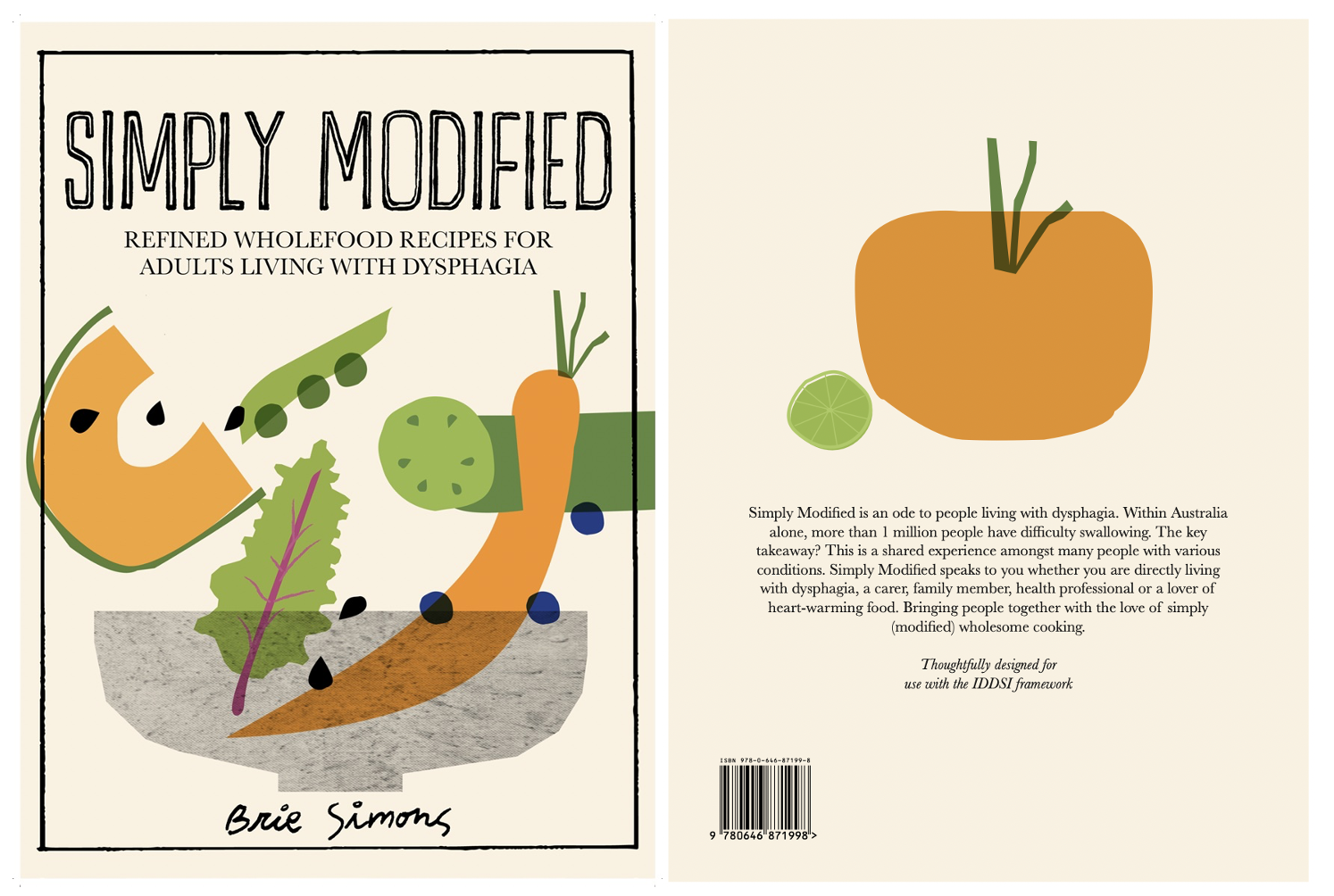Eating seasonally with dysphagia
Eating seasonally isn't just a culinary trend; it's a way to nourish our bodies with the freshest, most flavourful ingredients nature has to offer. For individuals managing dysphagia, the journey of creating delicious, nutritious meals can be challenging. However, by embracing the bounty of each season, we can turn this challenge into an opportunity to explore a world of flavours.
Why seasonal eating matters for dysphagia:
Freshness and flavour: Embracing seasonal produce ensures that you are incorporating the freshest ingredients into your dysphagia-friendly meals. The vibrancy and robust flavors of in-season fruits and vegetables can elevate the taste of purees and soft-textured dishes.
Nutrient-rich options: Seasonal foods are often at their peak in terms of nutritional value. By choosing ingredients that are in season, you're likely to get a higher concentration of essential vitamins and minerals, supporting overall health and well-being.
Variety and creativity: Eating seasonally encourages variety in your diet, preventing monotony in your dysphagia meals. With each season bringing a new array of ingredients, you can experiment with different flavours, textures, and combinations to keep your meals exciting.
“With each season bringing a new array of ingredients, you can experiment with different flavours, textures, and combinations to keep your meals exciting.”
Tips for seasonal eating with dysphagia:
Education: Keep yourself informed about the seasonal availability of fruits, vegetables, and other ingredients.
Adapt recipes to suit the season: Modify recipes to incorporate seasonal ingredients. For example, in the fall, consider adding pureed pumpkin or brocolli to soups or casseroles. In the summer, experiment with refreshing purees using ripe berries or melons.
Explore local farmers' markets: Farmers' markets are treasure troves of seasonal produce. Connecting with local farmers not only ensures the freshness of your ingredients but also supports your community. Ask vendors for recommendations on dysphagia-friendly preparations for their seasonal offerings.
In the world of dysphagia-friendly cooking, embracing seasonal eating opens the door to a rich palette of flavours and textures. By staying informed, adapting recipes, exploring local markets, and using innovative techniques, you can turn each season into a culinary adventure. Let the vibrant colours and tastes of seasonal ingredients inspire your journey toward delicious and nutritious meals tailored to your unique dietary needs.
Summer Recipe: Mango chia pudding
Serves 2
2 mangoes
½ cup frozen banana
¼ cup of almond milk
1 tbsp almond butter (or any nut butter)
2 tbsp chia seeds (use ground for pureed diets)
Method
Scoop the mango flesh away from the skin and seeds. Then place the mango flesh, frozen bananas, almond milk, and almond butter into a conventional blender and process until the mixture becomes smooth.
Pour the mixture into a jar. Combine with chia seeds, stirring until the seeds are even throughout. Close the jar, and store it in the fridge for minimum 3 hours.
Place the desired amount of chia pudding into your serving bowl and top with your favourite yogurt, then enjoy.
For more handy hints, grab a copy of the Simply Modified cookbook.
Happy cooking!
Written by Brie Simons
Speech Pathologist
SIMPLY MODIFIED COOKING
Written by Speech Pathologist Brie Simons. Including over 50 delicious recipes, with instructions to simply modify meals, making them easy to chew, soft and bite sized, minced and moist, or pureed.
It’s time to fall in love with food all over again…


